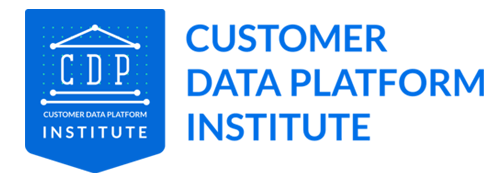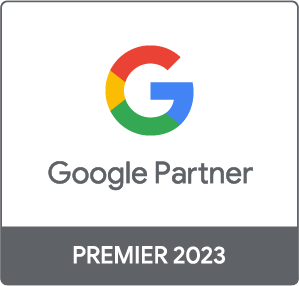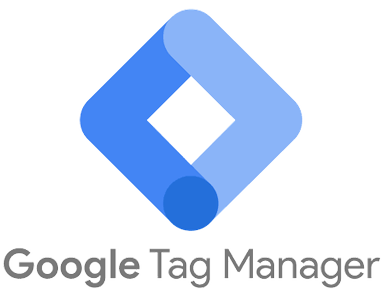After multiple postponements to the deadline for cookie deprecation in Google Chrome, Google announced a significant change in its third-party cookie strategy in July 2024: “Instead of deprecating third-party cookies, we would introduce a new experience in Chrome that lets people make an informed choice that applies across their web browsing, and they’d be able to adjust that choice at any time”.
But what does this mean for brands and marketers?
Web Technologies Have Long Been Transforming
Google began its journey towards third-party cookie deprecation in Chrome in 2020, aiming to “enhance privacy on the web”. This move was driven by increasing international regulations and user expectations.
All browsers and systems face similar challenges and have implemented their own measures to enhance user privacy.
For example, Firefox began blocking some third-party cookies by default in 2019. Apple launched Intelligent Tracking Prevention in Safari in 2017, significantly restricting third-party cookie functionality. In 2021, Apple introduced App Tracking Transparency, requiring users to explicitly consent to cross-application tracking for each application.
Many privacy protection measures have targeted third-party cookies, which are seen as a major privacy breach since they collect user data across websites, creating detailed user profiles.
As the market adapted, solutions that do not rely on cookies emerged. Google itself has developed a series of such technologies within the Privacy Sandbox.
Today’s digital marketing landscape is more complex than when the anti-third-party-cookie movement began. Various technologies now address challenges such as understanding user preferences, tracking users across digital and omnichannel touchpoints, learning about users to serve relevant content, engaging unknown users, and fostering meaningful and privacy-aware conversations.
Personalization Remains the Biggest Challenge for Marketers
Delivering meaningful ads to non-identifiable audiences continues to pose a significant challenge for marketers and their prospect acquisition activities. Statistical, inferential, and ecosystem-based approaches will likely be the primary tools used to achieve positive results, with Unified Marketing Measurement (UMM) solidifying its position as the go-to solution in addressing the declining reliability of results from even complex Multi-Touch Attribution models.
At the same time, consumers increasingly expect brands to understand them and target them accordingly. Research by Ipsos and Google reveals that “74% of Italian consumers said they are looking for brands that understand their needs, so they know they can rely on them, and 58% want that understanding reflected in branded communications”.
The collection and ownership of first-party customer data — and the right to use them — will therefore become an even greater advantage for players in the marketing and advertising industry. First-party data provides the most reliable method for engaging existing customers or known prospects and strengthening loyalty. In this context, technologies that maximize the value of first-party data, such as Customer Data Platforms (CDPs), will become increasingly relevant.
Marketers and brands should intensify their focus on developing effective first-party data strategies. These strategies are critical for ensuring brands can maintain meaningful and valued interactions with their customers across all relevant channels.



























































































